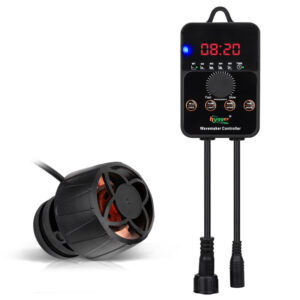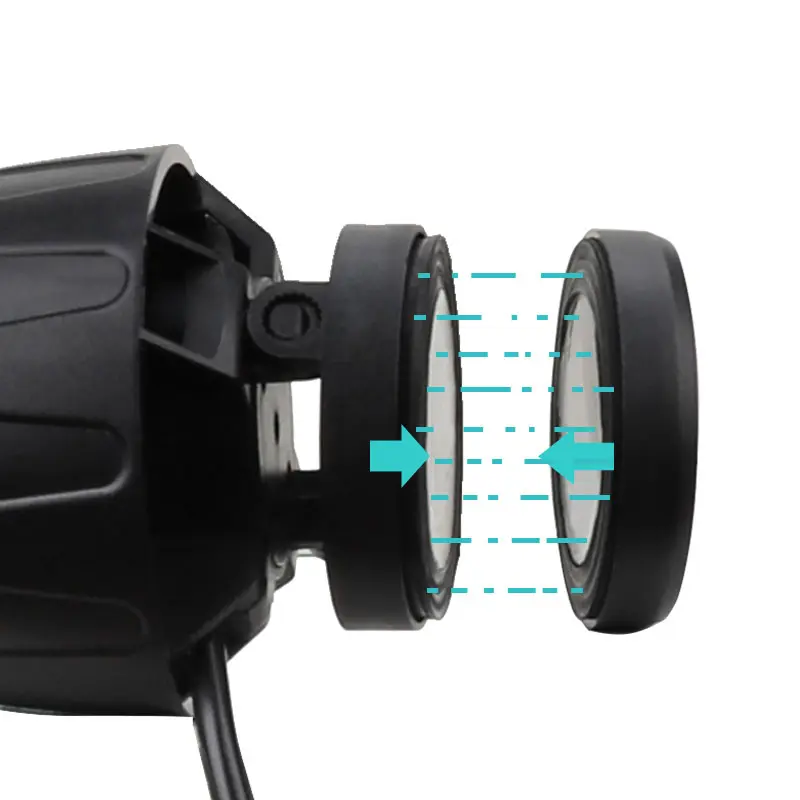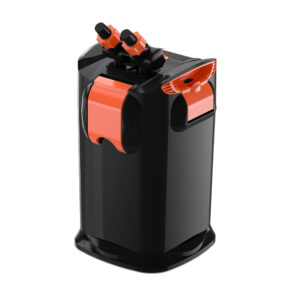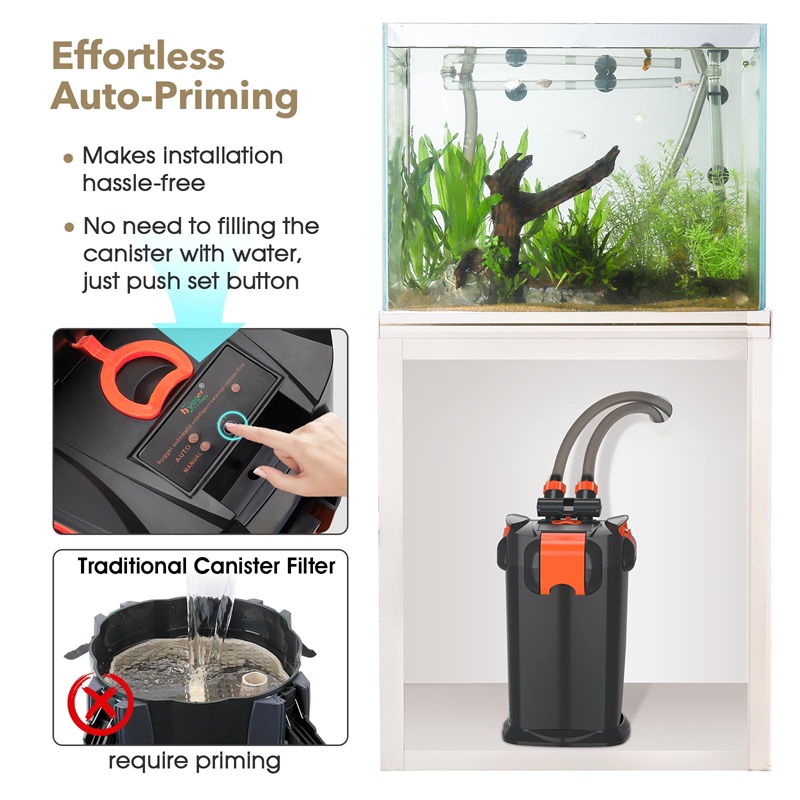Advice For Keeping Pet Jellyfish At Home
Have you ever tried to imagine how amazing it would feel to own a live jellyfish tank in your home? Much to the delight of many people, keeping jellyfish as pets has attained wider popularity in recent years. With these fluttering beauties, you can go for a hassle-free option and still provide them with a well-monitored aquarium setting.
This blog post will guide you on how to keep jellyfish as pets and will address aspects like choosing the right jellyfish species, set up jellyfish tank, and caring for them.
Aquarium Pet Jellyfish Species
We can keep several of the most common jellyfish species in our home aquariums.
1. Moon Jellyfish (Aurelia Aurita)
| Moon jellyfish is the most widely spread jellyfish species and the easiest jellyfish to care for in a home aquarium. They are relatively big (up to 8 centimeters in diameter), transparent white, and possess a friendly pulsing motion. Like moon jellyfish, stingless add to the aquarium’s inhabitants, making them a good choice for aquariums with other invertebrates. | 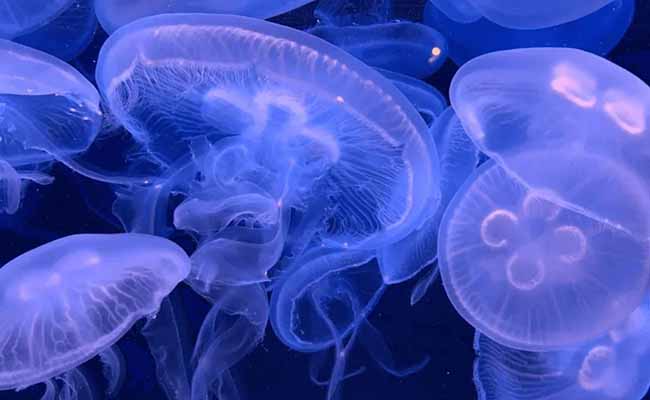 |
2. Pacific Sea Nettle (Chrysaora pacifica)
| A bit more challenging to keep than moon jellyfish, but still a good option for experienced aquarists. They are up to 12 inches in diameter, and their golden or orange bell is sometimes adorned with long, trailing tentacles. Pacific sea nettles throw out the sting, but it is gentle and not dangerous to people. | 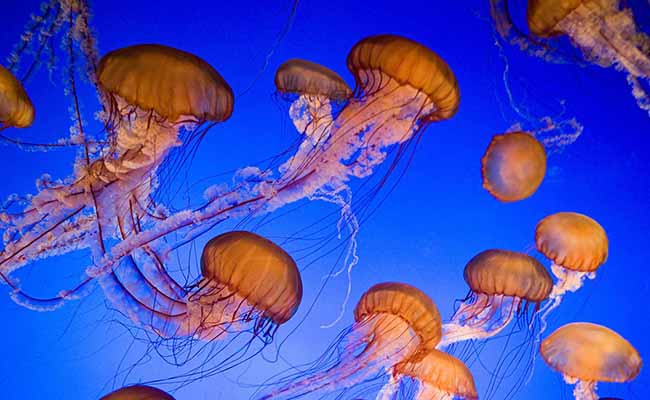 |
3.Atlantic Sea Nettle (Chrysaora quinquecirrha)
| The Atlantic sea nettle, also referred to as the East Coast sea nettle, is a common and much-desired selection by aquarists who are fascinated by the exotic appearances of jellyfish species. The bells of these jellies can be up to 12 inches in diameter and are truly captivating!
Unlike the clear moon jellyfish, the Atlantic sea nettle comes in a rainbow of hues, including red and purple. These spots are usually white or reddish-brown and are located on the belly, giving them a distinctive appearance. |
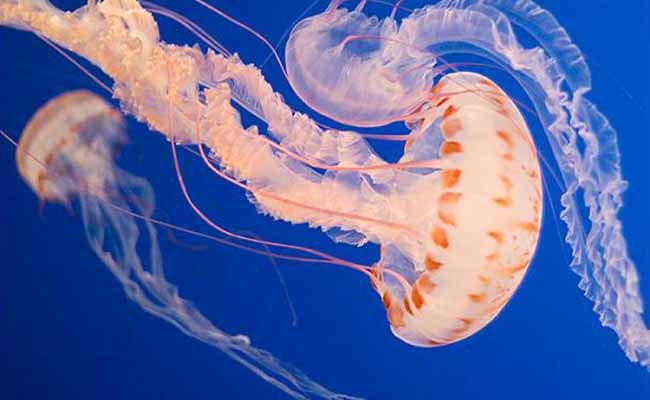 |
4. Blubber Jellyfish (Catostylus Pingue)
| The Blubber Jellyfish (Catostylus pingue), often called the Cabbage Jellyfish, is ideal for those starters in marine biology who want to keep jellyfish at home. A soft-bodied, small (up to 2 inches in diameter) jellyfish which can live in a variety of habitats. They are light pink or a shade of orange, and their shape is round like a bell.
The Blubber Jellyfish don’t have a sting, so they can live peacefully with other animals like shrimp and coral that don’t have a sting in aquariums. The other benefit is that there will be no chance of being stung during tank maintenance. |
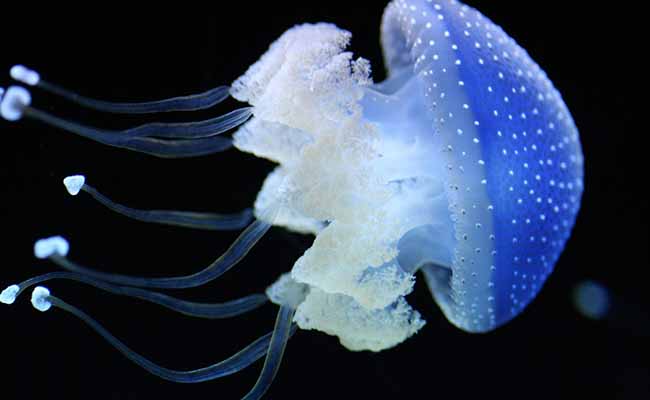 |
Set up a Jellyfish Tank
Jellyfish are amazing creatures that can be kept as pets to make a diverse collection or a pretty sight. Yet, creating a proper tank for jellyfish is a process that one should be cautious about since the needs of these creatures are special.
1. Tank Requirements for Jellyfish
Jellyfish need a tank for them to swim in and move without endangering themselves by getting stuck on the walls, or any decorations. They also have to own a tank that has no sharp corners to avoid injuries.
The water in the tank should be filtered, and water circulation should be ensured to keep the water quality at the optimum level. Furthermore, jellyfish are considered to be sensitive creatures, and thus water temperature and salinity of the water are the factors sensitive creatures and maintained.
2. Creating the Ideal Environment
To start a jellyfish tank for your aquarium, you will need to fill it with filtered saltwater at the temperature and salinity appropriate for that kind of jellyfish. Introduce a reliable filter system to sustain the water’s cleanliness and oxygen level. Additionally, you should consider incorporating gentle currents to help the jellyfish drift and catch food.
Temperature For Jellyfish
| Moon Jellyfish: 68-72°F (20-22°C) | Pacific Sea Nettle: 68-75°F (20-24°C) |
| Atlantic Sea Nettle: 8-75°F (20-24°C) | Blubber Jellyfish: 65-72°F (18-22°C) |
3. Choosing the Right Decor
For decor, choose minimalistic and non-toxic elements that will not bother the creatures. Prevent accidental injuries arising from sharp decorations and plants. Some tank decorations are branded as jellyfish-safe. For example, a floating platform or gentle LED lights might come with the pet jellyfish tank.
4. Feeding and Care
Jellyfish, on the other hand, prefer to eat live food that includes brine shrimp, plankton, and other small organisms. This means that you should give them a variety of things so that they can get enough nutrients for their well-being. Water testing and maintenance, regularly, are very important to ensure that your jellyfish live up to the standard.
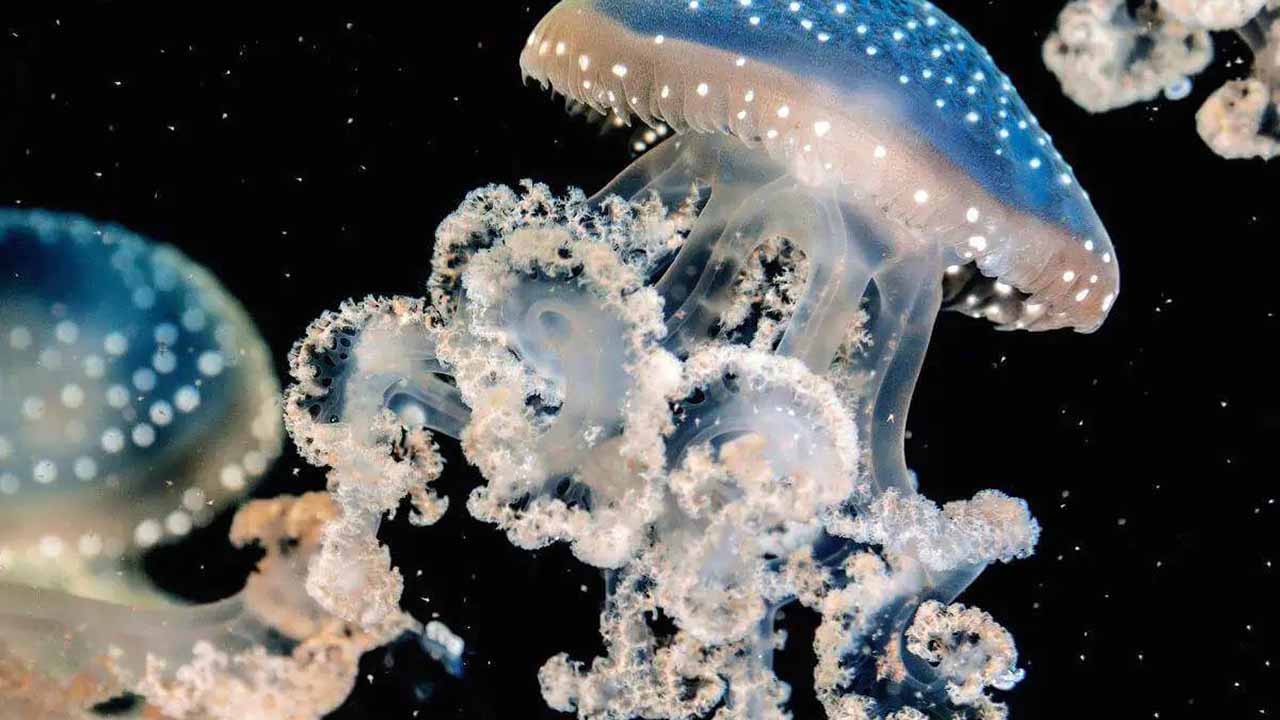
How to keep Jellyfish in Fish Tank
After setting your tank, you need to look forward to the following things:
1. Acclimating Your Jellyfish
Acclimatizing jellyfish to the new environment gradually helps in preventing stress and shock. Slowly you can introduce it to the new tank by floating the container in the tank and adding a small quantity of the tank water over time.
2. Feeding Your Jellyfish
Jellyfish is a kind of organism that feeds only on live plankton or shrimp. Feeding them regularly is important, but attention should be paid to avoid overfeeding as otherwise water quality problems may result.
3. Monitoring Water Quality
An important aspect of aquarium maintenance for the jellyfish tank is periodic water testing. Make sure that you monitor the parameters such as pH, salinity, and ammonia levels so that they remain in the required range.
4. Cleaning and Maintenance
Regular cleaning of the tank and all the related equipment like filters and pumps is very important for the health of your jellyfish. Regular water changes, filter cleaning, and aquarium maintenance are necessary if you want to keep your jellyfish healthy.
How do Pet Jellyfish Reproduce?
The ancestor of the pet jellyfish reproduces through a procedure called strobilation. This process takes place when the jellyfish produce smaller polyps, which later grow and develop into juvenile jellyfish. By favorable conditions, the polyps will start to produce buds and develop ephyrae, the baby jellyfish. Such ephyrae will then continue to develop and turn into adult jellyfish and carry on the cycle. While pet jellyfish can reproduce when kept in a tank, they demand specific tank conditions and care to succeed in this process.
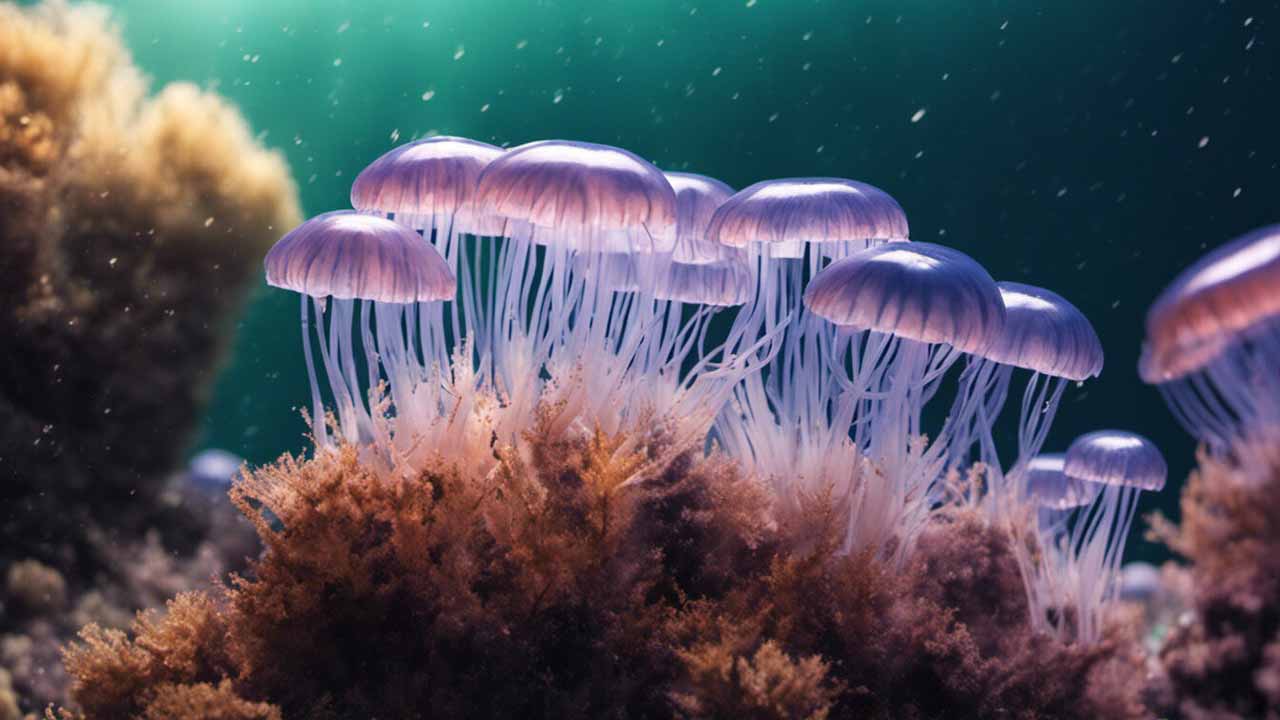
In Summary
If you decide to keep pet jellyfish in home aquariums, you should be ready for the responsibility and do your best to provide proper care and maintenance. Selecting the appropriate species, setting up a suitable tank, and giving the necessary care are vital for their survival. You can appreciate the beauty and calmness of these fascinating creatures in your home aquarium through the right technique.

